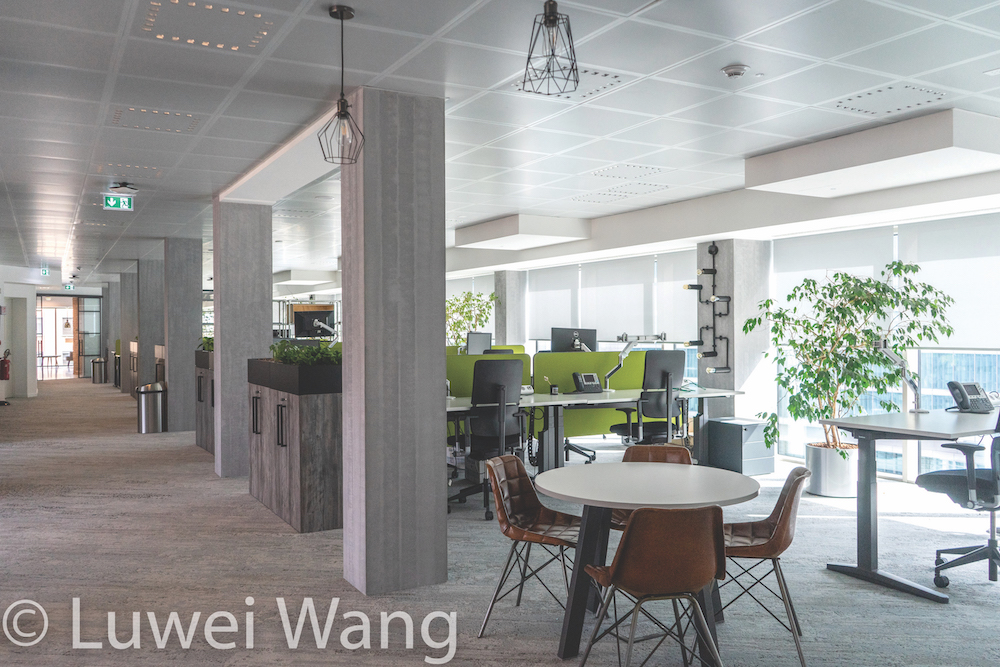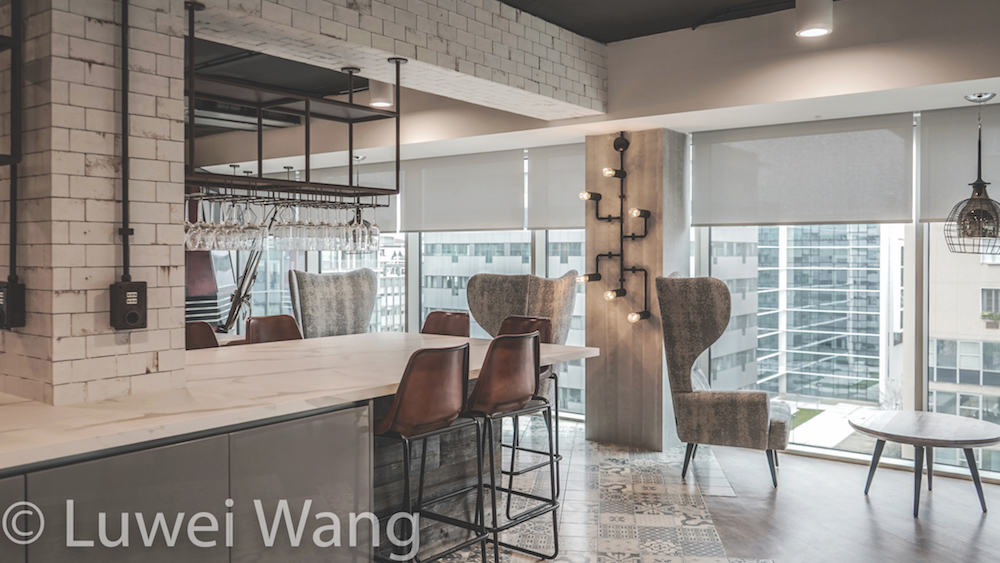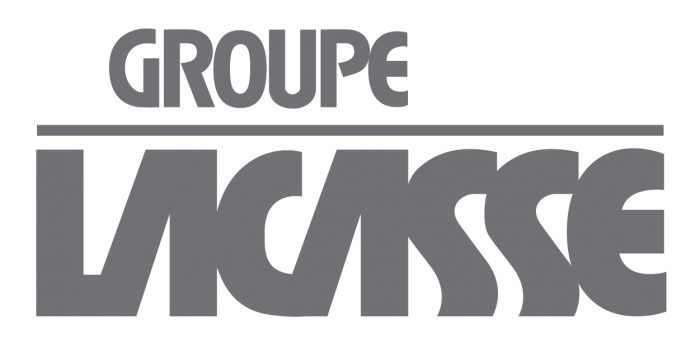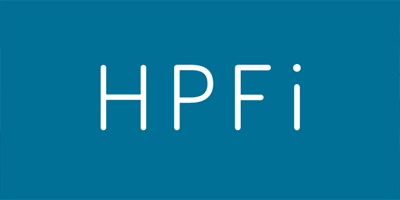WDM connects with Brent Protzman of Lutron Electronics to discuss the importance of lighting design in creating pleasant and productive workspaces.

As we round out our series of articles in our partnership with the Mart’s NeoCon/NeoConnect activities we connected with the team at Lutron, noted lighting control product experts to find out what they are working on to make our workspaces more receptive to the concepts of bringing health and wellbeing to the forefront of workplace design.
As a leading specialist and manufacturer of lighting, shades, and controls, Lutron gives designers tools to realize their visions and provide end-users with the ability to adapt their lighting environment as needed.
Our conversation with Brent Protzman, Director – Building Science & Standards Development at Lutron Electronics, gave us some insight on the importance of lighting design as a critical element as we look ahead to creating the best environments for a pleasant and productive workplace.
Originally scheduled to present at NeoCon, Protzman’s seminar entitled, “Brighter Workdays: Daylight and Views Effect on the Workplace,” was planned to discuss research on how productivity is affected by daylighting, and that managing lighting controls to ensure not only daylighting, but access to views to the outdoors can enhance the workplace experience. Having redirected the event to a virtual experience and our parallel articles in Work Design Magazine, we were able to catch up with Brent and ask him some general questions on the efficacy of lighting design and where designers can learn more about this key element in creating holistic workplaces.

Over the past several years there have been many changes in lighting as a component of workplace design. Moving way past the 2 x 4 lay in fixture to more creative and effective solutions. What do you think are the most important three changes that are being implemented currently?
That is a good place to start! A lot has changed, even in the past five to 10 years. Here are three ways that lighting has become more important in the design of workspaces:
- Integrating natural and electric light
- Focus on universal access to daylight and views, which many studies have found is the most important office feature to employees
- Automated shading systems that make greater use of daylight by opening when comfortable and closing when glarry
- Dynamic lighting systems that change from cool to warm mimicking daylight and giving the impression of universal access to daylight.
- Prioritizing lighting quality
- Quality light sources make colors appear natural but vibrant
- Lighting room surfaces, not just the desktop to eliminate the “cave effect”
- Controls that add flexibility
- Personalized lighting and shading with local independent controls that empower users to customize their environment for the mood or task at hand
- Automation to increase utility (e.g. schedule-based lighting scenes, lighting as indicator for open conference spaces/desks) of lighting while saving energy

One of the leading initiatives in today’s workplace design climate, is to create workplaces with an emphasis on health and wellbeing. This is supported not only by principles of good design, but by larger initiatives such as the WELL and Fitwel standards. How do you think lighting design plays into this scenario?
Lighting is no longer a means to complete a task. First of all, the task is now mostly computer based, which requires different considerations than previous paper-based work. More important, we now understand how lighting is a critical element to comfort and well-being. The WELL/Fitwel standards wouldn’t continue to gain traction if there wasn’t already an upswell of interest in improving the environments where we work and live. These standards do however highlight and educate the industry as to what really matters, and lighting is a critical element.
Wellness-based standards generally include design considerations related to visual comfort and glare, access to daylight and views, personalized control of the lighting environment, and the intensity and duration recommended for alertness and circadian entrainment. What’s really important, though, is the implementation of these features. If the lighting and shading systems don’t focus on the user experience, how employees and facilities teams can seamlessly interact with the lighting, then good intentions lead to frustration and disruption. Working with those most knowledgeable in the application of these features is essential.


Can you talk a little bit more about the concept of Human Centric Lighting design?
Human Centric Lighting is an idea that started to gain traction a few years back, but one challenge with the term is its definition – or lack thereof. Really, there is no one definition and certainly no one product to achieve human centric lighting. At Lutron, we like to think of it as a design philosophy – encouraging specifiers to think about all the ways a person is interacting with both daylight and electric light – and how they can optimize design to make the most of both.
This can be achieved through multiple design options & technologies… dynamic daylighting solutions such as solar adaptive shading, color tunable lighting, intuitive personalized control, and system automations.
Delos utilized Ketra dynamic lighting including color temperature that evolves throughout the course of the day, and customized lighting scenes to create different moods in meeting rooms and focus booths.
We have a considerable amount of information and resources on our website and our HXL video gives a good overview on where designers can begin. Our sales teams can also deliver CEUs – virtual and otherwise – and are ready have deeper discussions on the topic.

How is technology incorporated into new ways of providing workplace lighting providing a better end user experience? Energy efficiency? Other advantages?
Workplace lighting is better managed with the advent of technology solutions that can increase the efficacy of lighting solutions. For example, there are several solutions in Lutron’s portfolio – from our new Athena integrated lighting & shading solution, to shade-specific technologies like our Hyperion Solar Adaptive shading automation – which offer flexibility in control of multiple electric light sources and motorized window treatments, including roller shades, drapery tracks, and blinds.
In summary there is much to learn about how to best incorporate smart lighting design and control solutions into the healthy workplace solutions that are going to be needed as we plan to have people return to the workplace. The return on investment for smart and sustainable design solutions is clear, and the interest in design strategies for employee health and wellbeing will be front and center as we move into the post pandemic world. There are ample resources as noted on Lutron’s website including multiple CEU courses, as well as others resources shown in the following list.
How can designers get up to speed on the latest innovations and best practices for incorporating daylight and electric light sources to provide optimum human centric design solutions?
The IES (Illuminating Engineering Society) has great resources and education in workplace lighting design, including webinar series and online trainings. There is some great training from lighting manufacturers including CEUs and online resources in topics varying from how to apply lighting technology to human centric principles, meet requirements of WELL/LEED and other standards, and even inspirational ideas for unique applications that you might not have considered.
At Lutron, we are invested in research and planning our products to support human centric design solutions and providing resources for designers to learn more about this important aspect of workplace design. Readers can access two important case studies that showcase the impact of thoughtful lighting design via our Delos case study, where dynamic lighting creates a more human-centric workspace, and via our 2 Degrees case study, where automated shading maximizes beautiful views of Milan.
Learn more through these sources:
- International WELL Building Institute
- Fitwel
- Illuminating Engineering Society
- LEED
- How Healthy Is Your Office? – The New York Times





